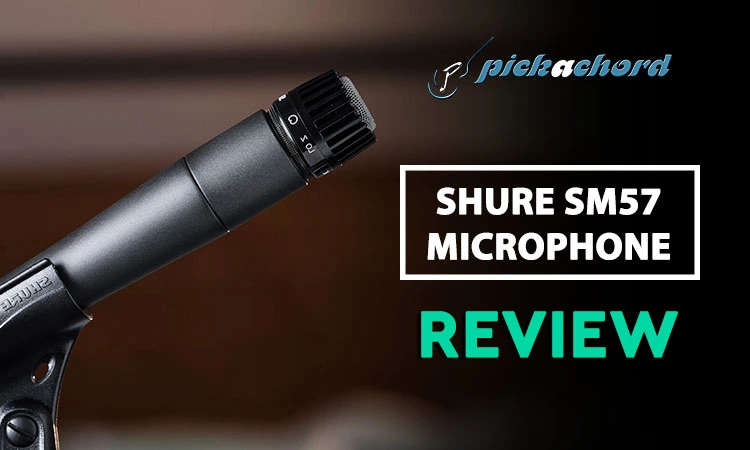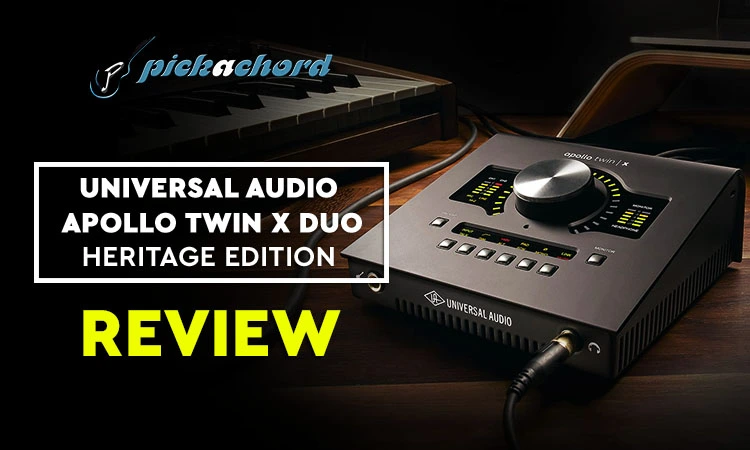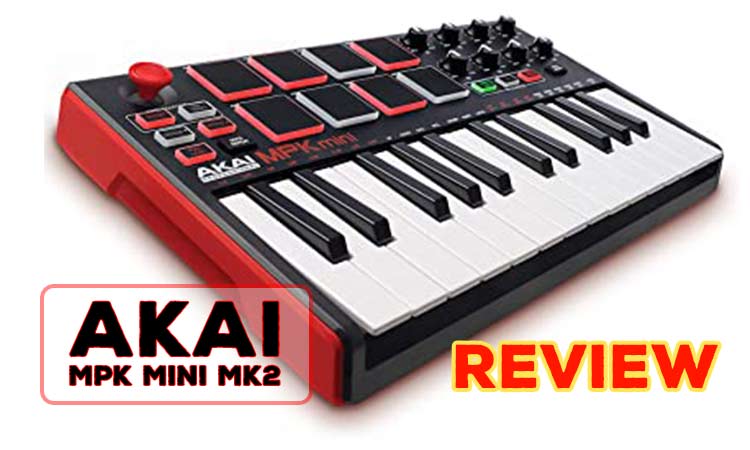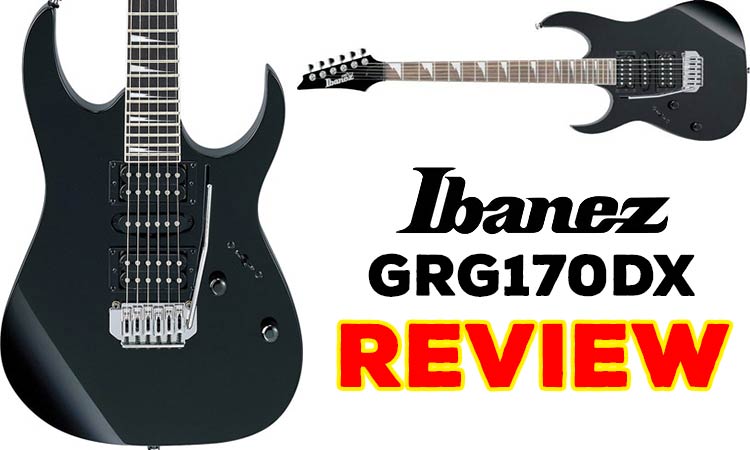The audio interface we are going to discuss is for Professionals only. We do not recommend any beginner or intermediate programmer/producer to buy this interface. You can check out our article on 'Best Audio Interfaces for Home Studios'.
RME Babyface Pro FS USB Audio Interface is one of the best professional sound cards in the market. This audio interface is on the expensive side but the features and output are amazing.
RME Audio's popular Babyface series of audio interfaces was first introduced in 2010, and was updated in 2015 with the Babyface Pro. The current version, Babyface Pro FS, includes numerous notable improvements, including the inclusion of RME's proprietary SteadyClock FS circuitry, which was originally designed for the company's high-end ADI-2 Pro FS interface. SteadyClock FS has an incredibly high resolution that, according to the manufacturer, lowers jitter to FemtoSeconds (a FemtoSecond is one-quadrillionth of a second!).
Additional enhancements include an 8-dB reduction in THD and a rise in the signal-to-noise ratio of the microphone preamps and instrument/line inputs (from 112.2 to 113.7 dB and 114 to 116.3 dB, respectively).
The Babyface Pro FS headphone outputs use the same amplification circuitry as the ADI-2-Pro, but with increased maximum power from 70 mW to 90 mW and lower 3.5mm output impedance from 2 to 0.1 Ohm. When the unit is connected to active monitors with high input sensitivity, a switch recessed into the bottom panel toggles output level between +19 and +4dBu, acting as a form of output pad for maintaining a high signal-to-noise ratio.
PROS:
Output switch.
Even lower latency.
Extreme audio fidelity.
Tough as old boots.
CONS:
XLR cables still don't lock.
Can't power the iPad.
INS AND OUTS
The Babyface Pro FS interface has a 1212 interface. Two balanced XLR digitally controlled microphone preamps with phantom power, two 14-inch TS analogue instrument/line level inputs, and balanced line-level XLR outs round out the analogue I/O. Two headphone jacks are fed by outputs 3 and 4, which can route a mix separate from the control room mix. The 14-inch headphone output is for high-impedance phones, whilst the 3.5mm output is for low-impedance headphones.
Eight channels of ADAT I/O at 44.1 or 48 kHz/24-bit, or four channels at 96 kHz/24-bit (S/MUX II) are available via optical connection. These ports can also be utilised to route S/PDIF, with the optical input detecting ADAT or S/PDIF automatically.The Babyface Pro FS supports sample rates ranging from 44.1 to 192 kHz, with the clock coming from either the internal clock or the digital input.
The remaining ports on the Babyface Pro FS include a power supply jack for an optional 12VDC power supply, USB 2.0 connection, and a mini DIN connector for use with a MIDI I/O breakout cable (included). The unit can be bus-powered, in which case RME recommends against the use of USB extension cables or hubs.
CONCLUSION
The Babyface Pro FS improves on an already excellent product. The output dB switch for the major outputs and the higher level in the headphones will be the most visible benefits for the average user. The latency statistics and audio quality have always been excellent, and the stability at these settings continues to impress. Engineers will undoubtedly be interested in the SteadyClock FS, but the rest of us can accept it as a guarantee of uncompromised audio quality in our recording and monitoring. It's a stylish box with a fantastic form factor that sounds great and performs consistently at low latencies.
Buy on Amazon










Leave a Comment